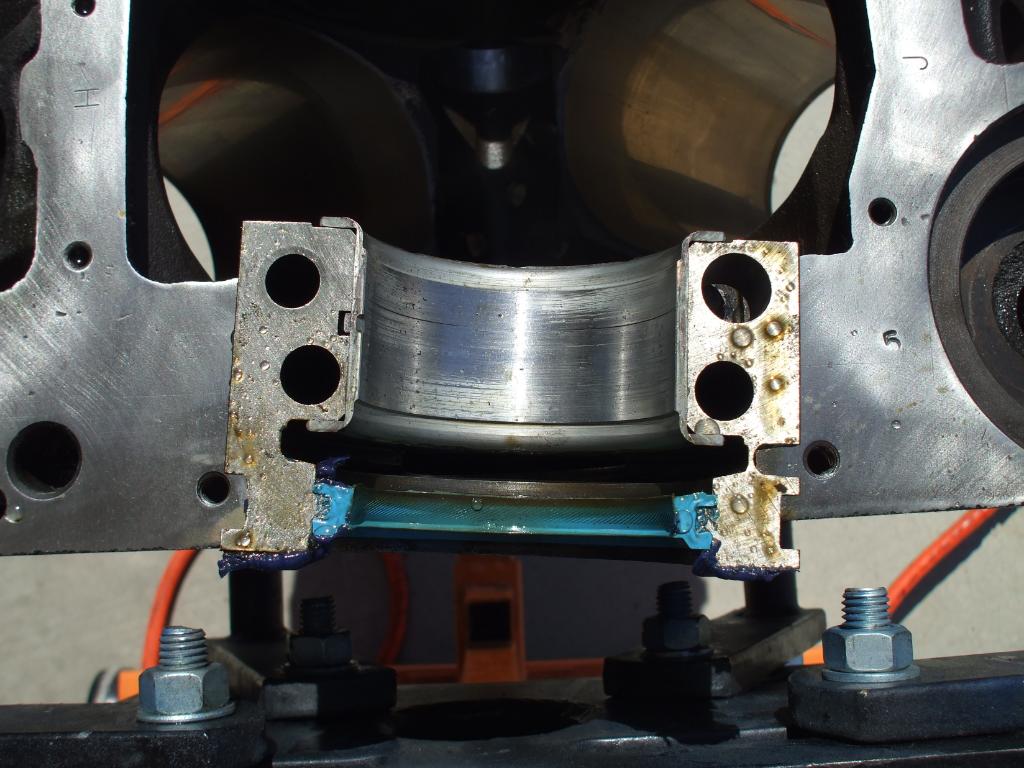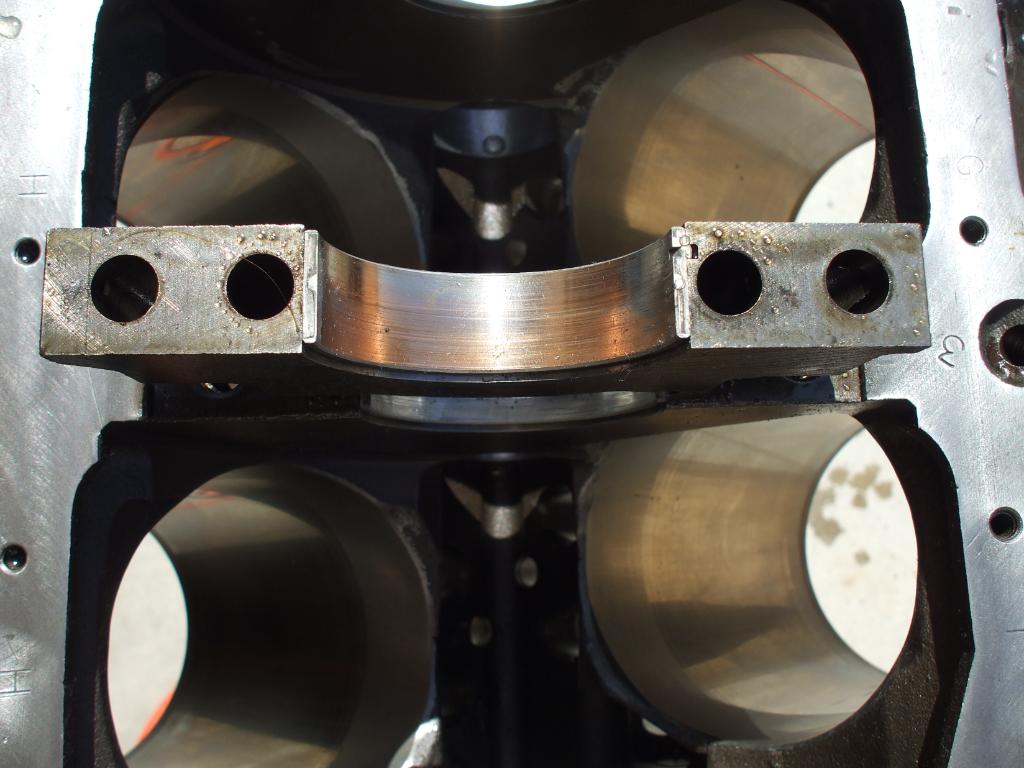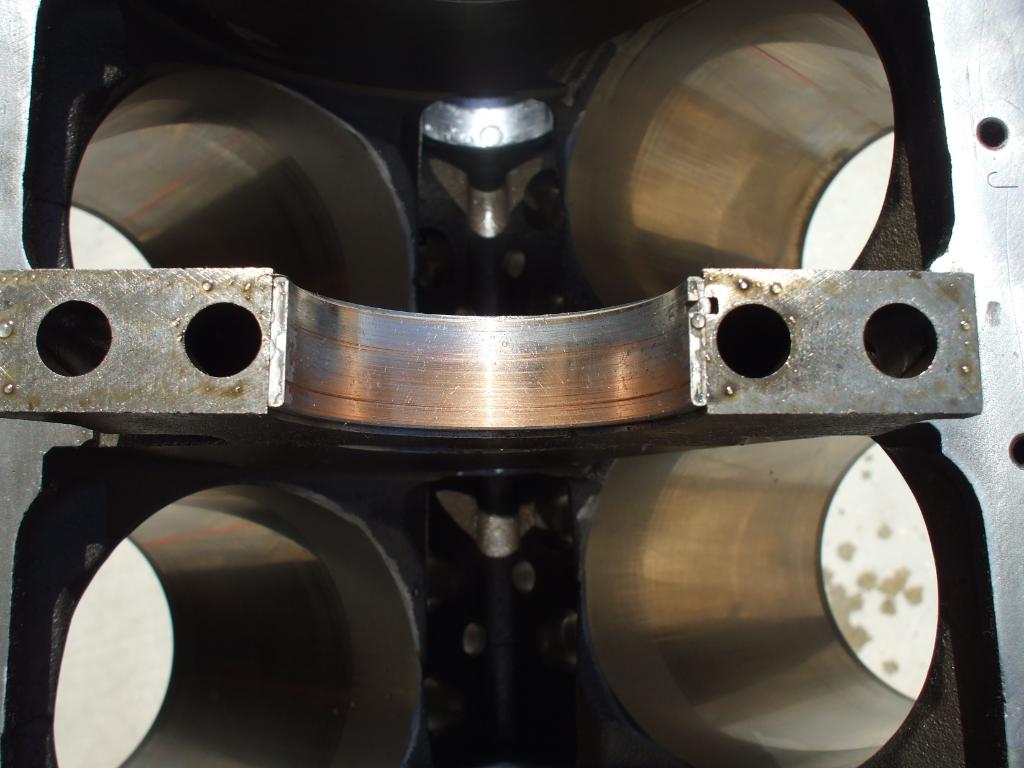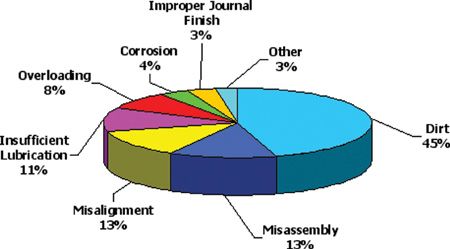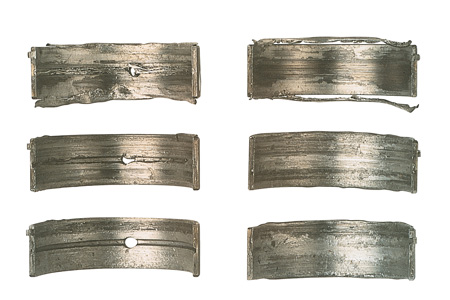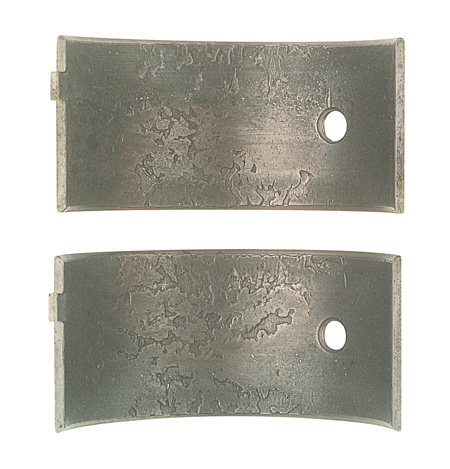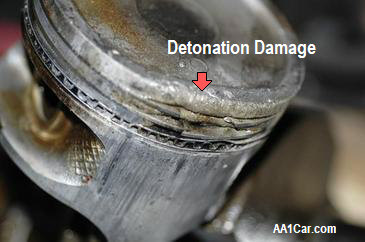more info, read thru the links and sub linked info, keep in mind the oil flow rates and pressure effect bearing life and for a bearing to function properly there needs to be a constant flow of pressurized oil forming a layer between the bearing surface and the crank journals or similar moving components, its that boundary film that draws heat and crud from the surfaces and prevents contact that results in rapid wear, read these links theres a great deal of useful info contained within them
http://www.thewarfields.com/HotRodBlogEngineAssy4.htm
http://www.reliabilitydirect.com/appnotes/jb.html
http://www.bobistheoilguy.com/bearingwe ... alysis.htm
viewtopic.php?f=53&t=2726
http://automotiveindustry-search.blogsp ... place.html
http://engineparts.com/solutions/US-C77-03.pdf
http://copper.org/publications/pub_list ... _701-4.pdf
http://www.bobistheoilguy.com/bearingwe ... alysis.htm
http://www.themotorbookstore.com/resmchstvi.html
(A GREAT IDEA TO BUY AND LOOK THRU THIS DVD IF YOUR NOT REALLY EXPERIENCED)
http://engineparts.com/solutions/US-C77-02.pdf
http://www.carcraft.com/techarticles/cc ... _tips.html
viewtopic.php?f=59&t=1390
viewtopic.php?f=54&t=150
http://www.aclperformance.com.au/us/Che ... ingsus.htm
http://www.babcox.com/editorial/ar/ar20128.htm''
http://engineparts.com/it_crankinstall.asp
viewtopic.php?f=50&t=1027&p=2393#p2393
http://engineparts.com/it_bearinginstall.asp
http://engineparts.com/techbulletins/CL77-1-205R.pdf
http://www.babcox.com/editorial/cm/cm99828.htm
http://www.thirskauto.net/Engine_Thrust_Bearings.html
http://www.thirskauto.net/BearingPics.html
http://members.rennlist.com/v1uhoh/cranksha.htm
http://www.babcox.com/editorial/us/us90126.htm
http://www.maintenanceresources.com/Ref ... s/oa-m.htm
http://www.circletrack.com/tipstricks/4 ... tion_tips/
http://www.thewarfields.com/HotRodBlogEngineAssy4.htm
http://www.reliabilitydirect.com/appnotes/jb.html
http://www.bobistheoilguy.com/bearingwe ... alysis.htm
viewtopic.php?f=53&t=2726
http://automotiveindustry-search.blogsp ... place.html
http://engineparts.com/solutions/US-C77-03.pdf
http://copper.org/publications/pub_list ... _701-4.pdf
http://www.bobistheoilguy.com/bearingwe ... alysis.htm
http://www.themotorbookstore.com/resmchstvi.html
(A GREAT IDEA TO BUY AND LOOK THRU THIS DVD IF YOUR NOT REALLY EXPERIENCED)
http://engineparts.com/solutions/US-C77-02.pdf
http://www.carcraft.com/techarticles/cc ... _tips.html
viewtopic.php?f=59&t=1390
viewtopic.php?f=54&t=150
http://www.aclperformance.com.au/us/Che ... ingsus.htm
http://www.babcox.com/editorial/ar/ar20128.htm''
http://engineparts.com/it_crankinstall.asp
viewtopic.php?f=50&t=1027&p=2393#p2393
http://engineparts.com/it_bearinginstall.asp
http://engineparts.com/techbulletins/CL77-1-205R.pdf
http://www.babcox.com/editorial/cm/cm99828.htm
http://www.thirskauto.net/Engine_Thrust_Bearings.html
http://www.thirskauto.net/BearingPics.html
http://members.rennlist.com/v1uhoh/cranksha.htm
http://www.babcox.com/editorial/us/us90126.htm
http://www.maintenanceresources.com/Ref ... s/oa-m.htm
http://www.circletrack.com/tipstricks/4 ... tion_tips/








